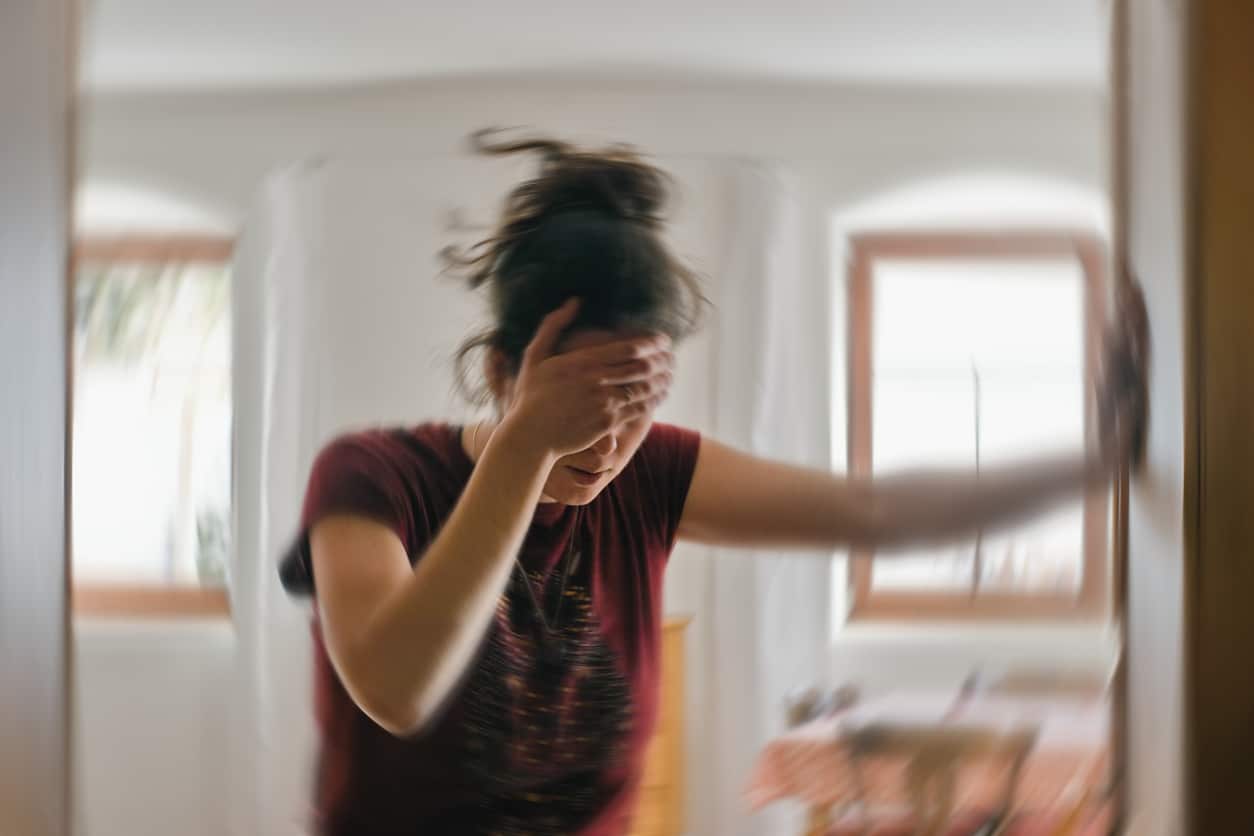If you experience balance problems due to benign paroxysmal positional vertigo (BPPV), Meniere’s disease, vestibular neuritis, migraines, head injuries or medication side effects, you may be referred to a balance expert for a balance test. Let’s review the different types of balance tests and what they entail.
Electronystagmography (ENG) and Videonystagmography (VNG)

The purpose of these tests is to record and measure your eye movements, as your vision system needs to be in good working order for you to have good balance. For ENG, electrodes are placed on the skin around your eyes, and for VNG, you will wear special goggles. For both tests:
- You will sit in an exam chair in a dark room
- You will look at and follow patterns of light on a screen
- You will move to different positions as you watch the light patterns
- Warm and cool water or air will be put in each ear, causing the eyes to move in specific ways
If your eyes don’t respond as expected, it may mean there is damage to your balance system.
Rotary Chair Test
This test also measures and records your eye movements. For this test:
- You will sit in a motorized chair that is controlled by a computer
- You will wear special goggles that record your eye movements
- The chair will slowly move back and forth in a circle
The goggles will record whether or not your eyes move as expected.
Computerized Dynamic Posturography (CDP)
The purpose of this test is to measure your ability to maintain balance while standing. For this test:
- You will stand barefoot on a platform
- You will wear a safety harness
- You will look at a landscape screen around you
- The platform will move around to test your ability to remain standing
If you fall and need to be helped by the safety harness, this could indicate a balance disorder.
Vestibular Evoked Myogenic Potentials (VEMP) Test
This test measures how muscles respond to sound. For this test:
- You will sit in a reclined chair
- You will wear earphones
- Sensor pads will be put on your neck, forehead and below your eyes, and they will record muscle movements
- Clicks or tones will be played through the earphones
- You’ll be asked to lift your head for short periods of time
This test can indicate a problem with the inner ear.
For more information about balance tests or to schedule one, call Benke Ear Nose & Throat Clinic today.